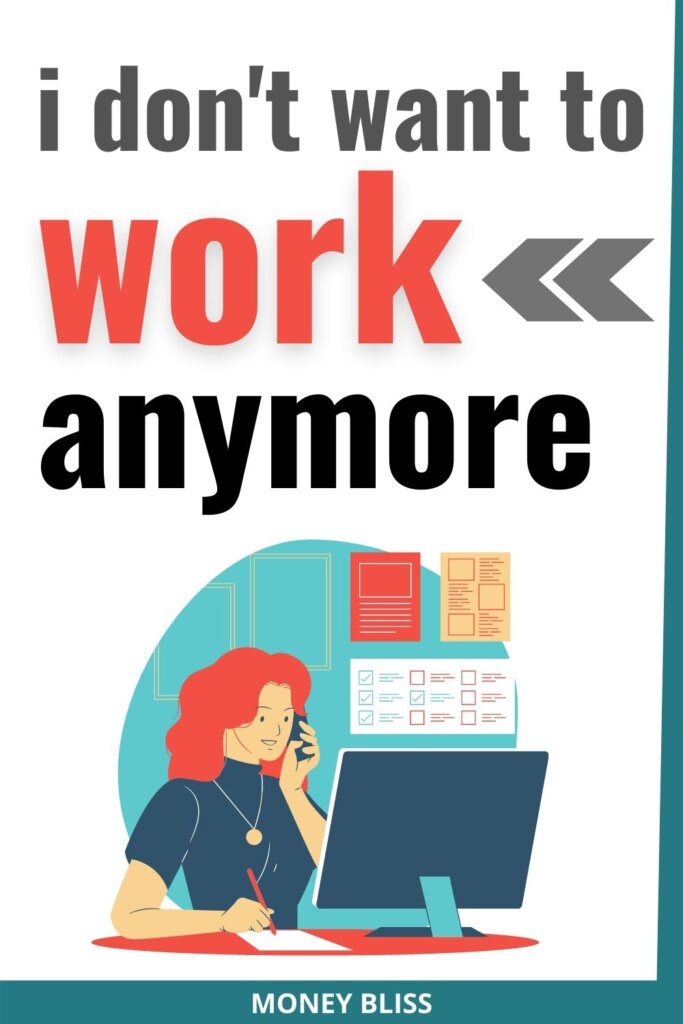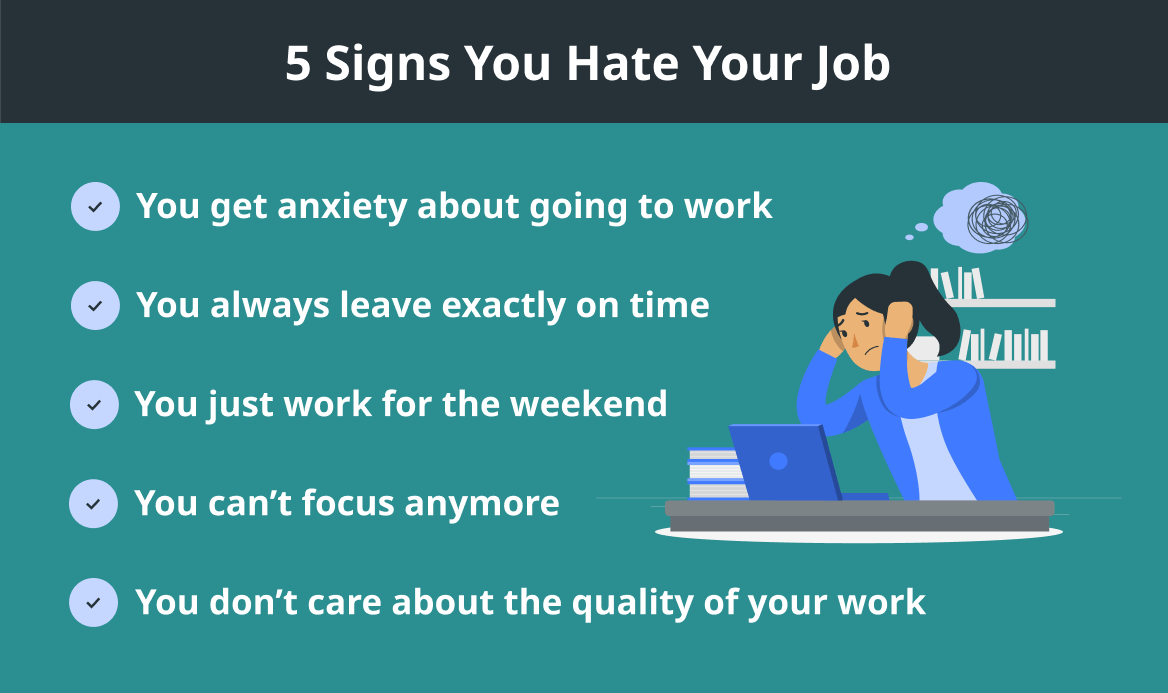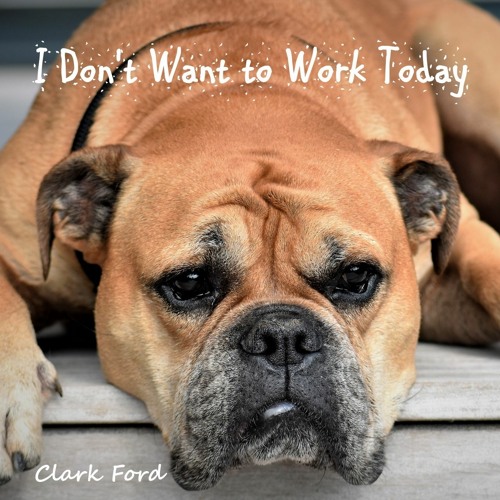How To Go To Work When You Don't Want To

The alarm blares, and the thought of facing another workday feels akin to scaling a mountain. A knot of dread tightens in your stomach. You're not sick, not exactly, but the motivation to get up and go to work is utterly absent.
This feeling, a pervasive reluctance to engage with professional responsibilities, is more common than many realize. It’s a complex issue rooted in factors ranging from burnout and job dissatisfaction to mental health concerns and lack of work-life balance. Understanding the root causes and implementing coping strategies is crucial for navigating these challenging periods, maintaining professional stability, and safeguarding overall well-being.
Understanding the Reluctance
The reasons behind work aversion are multifaceted. A primary driver is often burnout, characterized by emotional exhaustion, cynicism, and a diminished sense of accomplishment. According to a 2023 study by the American Psychological Association (APA), over 79% of American workers reported experiencing work-related stress. This can lead to a significant decrease in motivation and a desire to avoid work entirely.
Job dissatisfaction, stemming from factors like lack of recognition, poor management, or a mismatch between skills and responsibilities, can also contribute. A recent Gallup poll indicated that only 36% of U.S. employees are engaged at work, highlighting a widespread issue of disinterest and detachment. This disengagement directly impacts an individual’s willingness to perform their duties.
Mental health issues, such as anxiety and depression, can significantly amplify the aversion to work. The World Health Organization (WHO) estimates that depression and anxiety disorders cost the global economy $1 trillion each year in lost productivity. These conditions can make even the simplest tasks feel overwhelming, leading to absenteeism and presenteeism (being present at work but unproductive).
Practical Strategies for Coping
Acknowledging the problem is the first step towards addressing it. Recognizing the underlying causes of your reluctance, whether it’s burnout, dissatisfaction, or mental health, allows for targeted solutions. Self-reflection, journaling, or discussing your feelings with a trusted friend or therapist can provide valuable insights.
Short-Term Solutions
Break down large tasks into smaller, more manageable steps. This makes the workload seem less daunting and provides a sense of accomplishment as each mini-goal is achieved. Prioritize tasks based on urgency and importance, focusing on the most critical items first.
Implement the Pomodoro Technique, working in focused 25-minute intervals followed by short breaks. This can improve concentration and prevent mental fatigue. Take regular breaks throughout the day to step away from your workstation, stretch, or engage in a relaxing activity.
Long-Term Strategies
If job dissatisfaction is the core issue, explore opportunities to redefine your role. This might involve taking on new responsibilities, pursuing professional development opportunities, or seeking internal transfers. Communicate your concerns and aspirations to your supervisor to explore potential solutions.
Prioritize self-care by engaging in activities that promote well-being. Exercise, mindfulness, and spending time with loved ones can help reduce stress and improve overall mood. Establishing clear boundaries between work and personal life is crucial to prevent burnout.
Consider seeking professional help from a therapist or counselor. Cognitive Behavioral Therapy (CBT) can be particularly effective in addressing negative thought patterns and developing coping mechanisms for work-related stress. Many employers offer Employee Assistance Programs (EAPs) that provide confidential counseling services.
Seeking Support and Making Informed Decisions
It's important to remember that you are not alone. Talking to colleagues, friends, or family members can provide valuable support and perspective. Joining professional networks or online forums can connect you with others who have experienced similar challenges. Sharing experiences and strategies can offer comfort and practical advice.
If the reluctance to work persists despite implementing coping strategies, it may be necessary to consider a career change. Explore different career paths that align with your interests and values. Consider taking aptitude tests or career counseling to identify potential options. Investing in your career fulfillment is essential for long-term well-being.
Ultimately, navigating the challenge of going to work when you don't want to requires a combination of self-awareness, practical coping strategies, and a willingness to seek support. By understanding the underlying causes of your reluctance and taking proactive steps to address them, you can regain control, improve your professional life, and safeguard your overall well-being. The goal isn’t just to survive the workday, but to thrive in it, finding purpose and satisfaction in your contributions.




/what-to-do-when-you-don-t-want-to-do-anything-5186366_text_color_v2-3885390d569b40a7b132d7a269aa2c6e.jpg)



:max_bytes(150000):strip_icc()/GettyImages-1396322578-653e3f6b5e004bf881d582f4c73b7956.jpg)




/https://i.forbesimg.com/media/video/2020/03/05/6138757628001_still.jpg)




